Subscribe to our newsletter to find out about all the news and promotions, and automatically receive a welcome discount coupon in your email.
Starting to run after 40 is very common. In the last decade, both in Spain and in many other countries, the number of people who start running when they are close to 40 or even when they have surpassed them has grown remarkably.
reasons for this boom of runners after 40? The first reason could be that correr (The running) is in fashion and it has been shown that it is not a passing fad. Running has become a way of "invest" in health, leisure, relaxation...
For more than a decade now, the number of people who run (especially in the age bracket that goes from 35 to 50 years) is at levels that were unthinkable in the last decades of the last XNUMXth century.

Another very compelling piece of information is the comparison of the current numbers of participants in popular tests (5K, 10K and 15K), half marathons and marathons with those registered 20 or 25 years ago; The spectacular increase in the number of tests, both asphalt and mountain, that has taken place in the last five years is even very striking.
Still the percentage of men who run is higher that of women, but in the last decade (especially in the last five years) the growth of women in the running It has been very big in Spain.
A good thermometer is offered by the registrations for the races, which confirm a progressive growth in the percentage of female participation. And when analyzing the female participation in recent years in popular tests, it is observed that the highest percentage of female runners is concentrated in the age bracket that goes from 35 to 45 years.
Furthermore, another reason why running is fashionable and becomes the option chosen by many people who decide to do sports after 40 is that it is a cheap way to do sports and you can easily fit into complicated work schedules and family obligations.
Many people acknowledge having landed in the running from 40 to be the most flexible option to do sports that they have found without depending on fixed schedules and with the freedom of being able to put on their shoes and go out for kilometers at any time.
Before starting to run after 40, you should consult your doctor
As long as you do not have any health problems, physical limitations or are overweight (running with overweight can be harmful to joints, tendons and ligaments), start running after 40 can be healthy and positive, especially if it means abandoning a sedentary life and resuming physical activity. However, if you decide to start running after 40, it is advisable take a series of precautions to avoid unnecessary trouble.
And the first of the precautions must be consult with your family doctor in case you advise against running for any medical reason (chronic pathology, risk of specific injury due to a previous problem, incompatible drug treatment or that may affect heart rate...).
If the family doctor sees no problems, you can start adding the first kilometers of Thief (Walk and run, the method that we will see later), although it is very likely that he will talk to us about the convenience of performing a general check (a checkup and a blood test) and even submit to a stress test or ergometry to check the real physical state in which we find ourselves. For running it takes a healthy heart because it is a demanding physical activity.

From the age of 40, especially if you have not run before or are running again after a prolonged period of physical inactivity or sedentary lifestyle, it is necessary to be sure that the running It is not going to become a dangerous sporting activity or one that poses any risk to health.
Health and sport they must go always hand in hand. If our trusted doctor considers a review, analytical test and/or stress test necessary, we must listen to him.
General recommendations to start running after 40
Before listing a series of practical advice for anyone who decides to start running after 40, it is convenient to make some recommendation (or precaution) to take into account.
After making it clear that the first thing is to consult with our family doctor and follow his instructions (in terms of check-ups and revisions), we must also insist that certain things must be very clear from day one.
The first is Take it easy. There is no need to be in a hurry to progress. You need a adaptation period which can be more or less long according to each person; Logically, the adaptation will not be the same for those who have practiced sports regularly as for those who have spent several years without performing any physical activity or with a sedentary life.
Act quickly. start running little by little and, at least during the first 4/6 months, no competitive goals. After the age of 40, the body does not respond the same to the efforts that it does at the age of 20 or 30. From the age of 30 you begin to lose muscle mass (according to studies, between 3% and 5% every decade), so at 40 you do not have the same muscle strength, nor the same elasticity and recovery capacity after the efforts.
Therefore, it is necessary to be patient and favor the progressive adaptations of the muscles to the effort.

In general, if you have perseverance and strictly follow a training plan of 3 days a week, the normal thing is that three or four months after starting to run you begin to notice improvement (logically, everything will depend from the starting point of the physical state of each person).
So, you have to have patience and perseverance to overcome the adaptation period of 3/4 months which is usually what is normally needed to notice improvement and begin to "enjoy." Consistency is the best ally in any sport, but in running It is crucial and especially in the first months, which is when there are more reasons for discouragement.
The objective is progress 'with head' and without haste. Age makes you lose strength, aerobic capacity, flexibility... When you start running after 40 you have to be very sensible with training and with the efforts that are made in them. 'Forcing the machine' in the first months is going to mean a very high risk of discomfort and, worst of all, possible injuries.
Getting injured in the first few months of starting to run can be very discouraging because how much or little progress you have been able to make will come to nothing if you have to stop due to injury.
Practical advice to start running after 40
1. Follow a training plan
If you are starting from scratch or after a long period of inactivity, it is very important Have a proper training plan to the starting state.
The recommended thing to start running after 40 is to have a training plan designed by a fitness specialist. This way we will have the security of doing things right from the beginning and avoiding risks of injury. With a physical trainer who designs a tailor-made training plan, it will be much easier and safer progress.
Another option to get started running is CaCo method (Walk and run). The CaCo method is recommended for people who start running from scratch, but also for those people who return to running after a long break (whether for personal reasons or due to an injury), since it will avoid problems in muscles, tendons and joints.
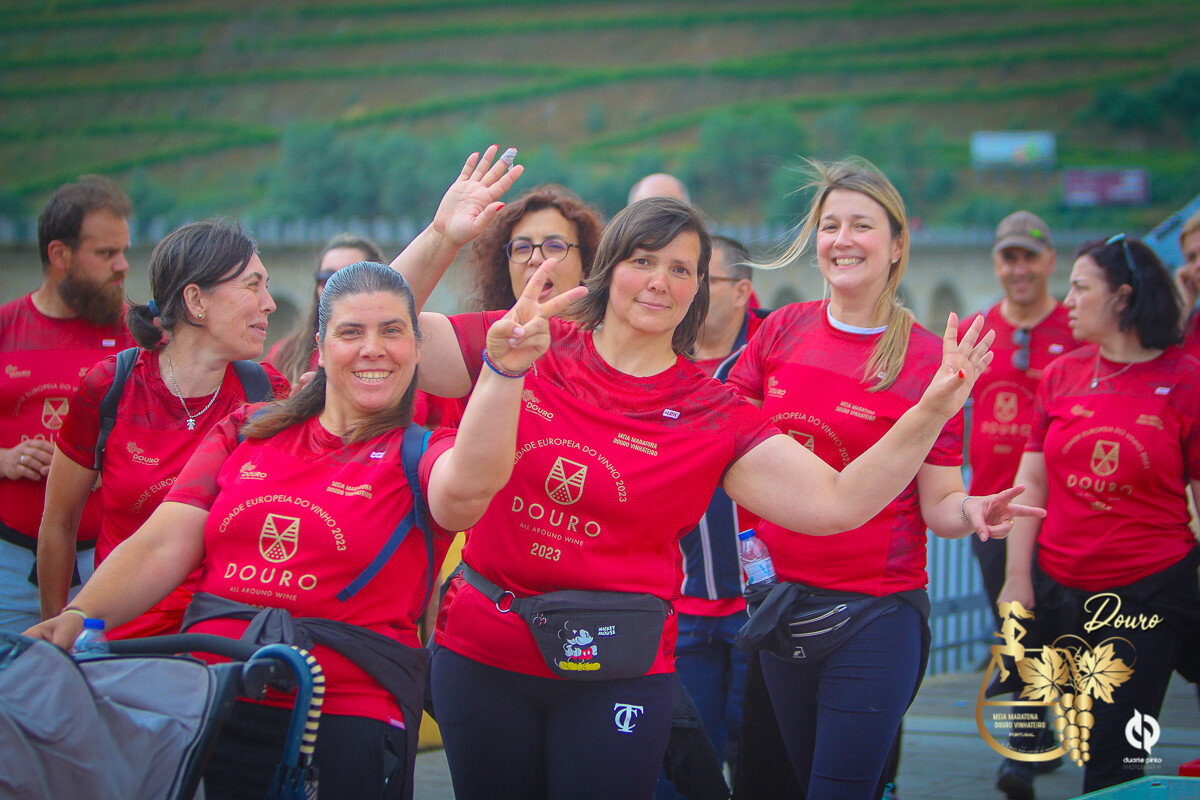
2. Invest in adequate and quality equipment.
It is not necessary to buy a state-of-the-art kit, but it is convenient correctly choose technical clothing and shoes.
The choice of slippers It is a subject that can be complex at first and that is why it is a good idea to seek advice from a specialized trade. You have to choose between more convenient to our footstepsa (supinator, pronator or neutral), weight (the weight is important to determine the ideal damping), number of kilometers weekly to be carried out and the terrain type on which you are going to run (dirt, asphalt...).
In our article 'Shoes to start running' We explain everything you have to take into account to choose a pair of shoes to start running.
The choice of technical clothing is, without a doubt, easier than shoes. You have to opt for light and comfortable clothing, that offer good breathability y speed of drying. In the article of this same blog titled 'Technical clothing to start running' A series of recommendations are detailed to know what to look for when choosing technical clothing to start running, especially what type of shirt and socks.
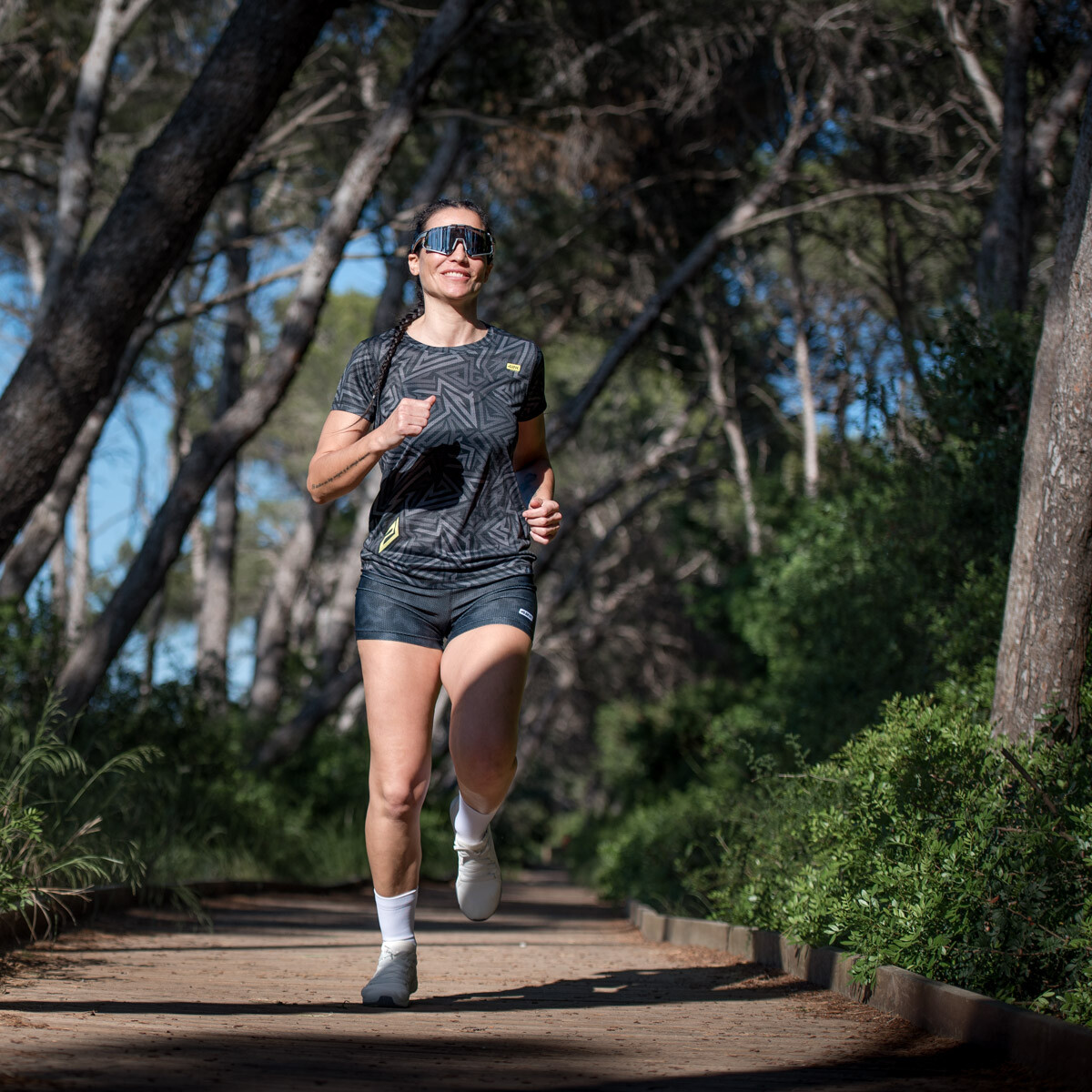
In our Online store You can find a wide range of technical clothing for running, both for men and women.
3. Warm up well before running
Warm up properly before running It is essential to prepare the body and especially feet, ankles, knees, and hips. There are no excuses for skipping the warm-up.
a good warm up It has many benefits: prevent injury, increase heart and respiratory rate, improve flexibility and improve concentration.
If you want to know more about the importance of warming up before running, you can do it with this article 'How to do a good warm-up before running'.
4. If discomfort appears, you have to stop
Act quickly. banish the idea of "no pain, no gain" (no pain no reward); pain is a warning that something is wrongSo anyone who decides to start running after the age of 40 and notices any persistent discomfort or pain should see a physical therapist or health professional to determine if there is a problem.

It is normal that during the first weeks (even the first months) the shoelaces, or what in scientific terms is called delayed-onset muscle soreness or DMAT, may appear to warn that the level of intensity of physical activity for which you are prepared has been exceeded.
That is, if one day you run faster or for longer than expected without having the appropriate physical condition, it is likely that you will suffer muscle fiber microtears which are the ones that generate the discomfort known as shoelaces.
The shoelaces are temporary and they go alone if you save a little repose and you combine it with gentle stretches and applying heat. What you should not believe is the false legend that 'the soreness disappears with more exercise' or that the remedy is to take sugar water; It's fake and it's dangerous. The shoelaces alert you that you have forced yourself too much, so rest for a couple of days and when they have disappeared, run again with caution.
What you do need to learn is how to differentiate stiffness from other muscle or joint pain that should put you on alert and ask for the opinion of a physiotherapist as soon as possible.
5. Healthy and balanced diet
Una healthy and balanced diet It is very important for anyone, but it is even more so in case of regular physical exercise and especially in people who start running after 40.
There are many variables that can affect the nutritional requirements or needs of a person (age, sex, weight, state of health, intensity of physical activity at work, intensity of sports activity...), but as a general rule it is necessary to bet on a complete diet that includes all the nutrients that the organism needs: carbohydrates, proteins, vitamins, fats and minerals.
And a very important aspect of a healthy and balanced diet is to take care of hydration, especially in summer. It is recommended to drink 1,5 to 2 liters of water a day, although hydration needs may vary depending on physical activity, temperature, humidity... On the importance of hydration, the article on our blog may be interesting for you titled The risk of dehydration in running.
If you have doubts or want to make changes to your diet and you don't know how to do it, it is advisable that you go to a registered dietitian-nutritionist.
6. Work the strength
If you're going to start running after 40, you must work the force. Strength training is very important for the entire population from the age of 40 (muscle mass begins to be lost from the age of 30) to maintain adequate muscle mass and to provide a state of healthy fitness as they get older. fulfilling years.
Stronger muscles will help us improve our performance in the gym. running. Force work is essential to progress and improve as a runner, but it is also very important to prevent injuries. It is essential to include strength work in the weekly training routine.
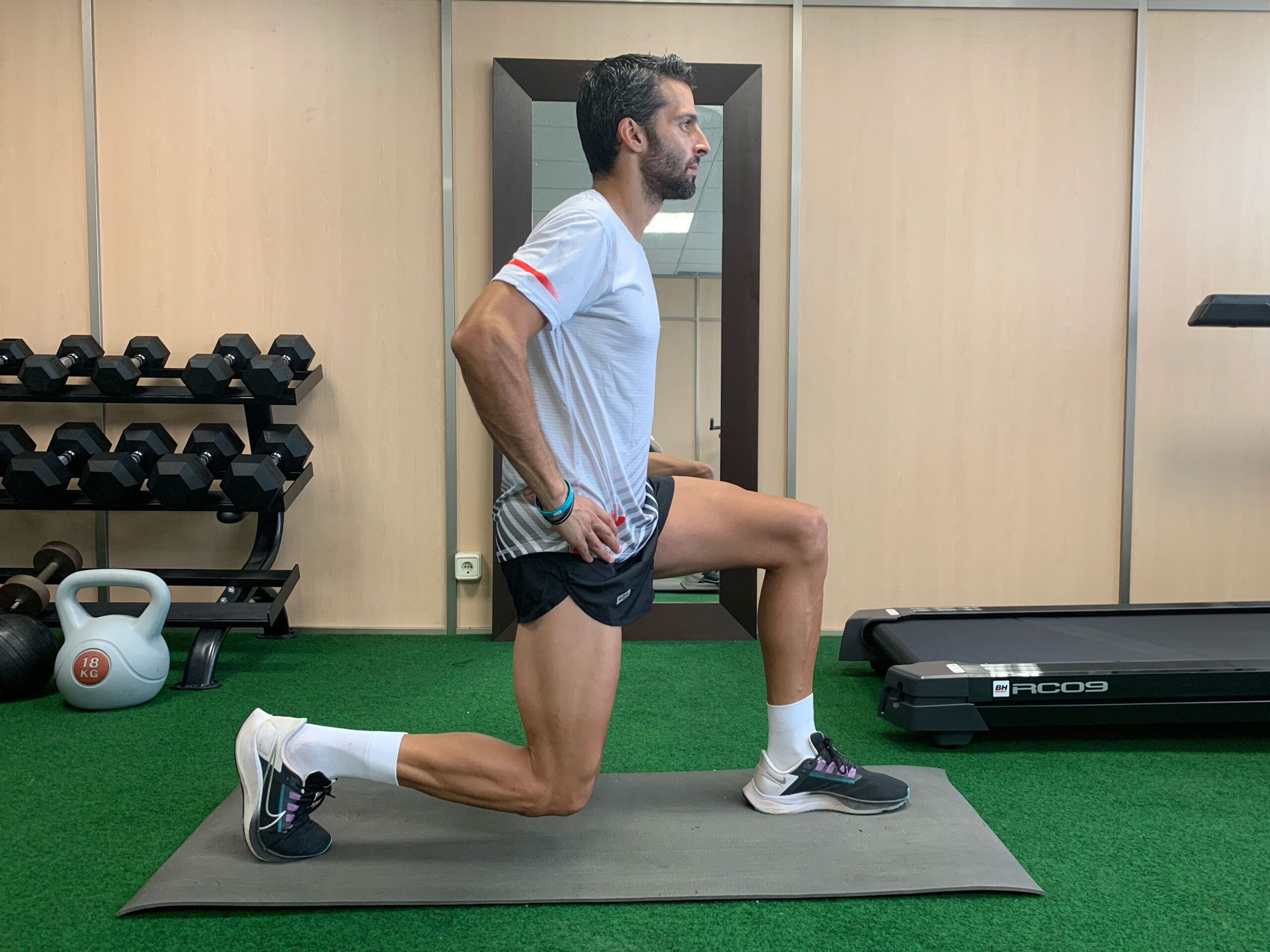
In our blog you can find different articles to learn much more about strength training and the importance it has to improve in the running. If you are starting to run or have been running for a while and don't know how to start working on strength, these articles can be very useful: 3 basic strength exercises for legs, Core training for runners o Strength training, essential for runners.
7. Give importance to rest
rest is very important to progress in the running. You have to take the steps with patience and without wanting to train more than you should.
Especially when you start running after 40, rest is just as important to progress as training. The rest allows the muscles to recover to face the next training session. Do not listen to anyone who tells you that to progress you have to run almost every day or that a single day of rest is enough to recover.
If you start running and try to go out every day to train, you will be taking a huge risk and you will surely end up suffering an injury or discomfort that will leave you in the dry dock.
A good start can be can be run 3 days a week and dedicate a fourth day to hard work.
8. Don't be in a hurry to put on a number
Don't be in a hurry to compete do not rush. It is advisable to increase the intensity of training gradually and following a plan, but without thinking about competitions or competitive challenges.
If you start running after 40, it is advisable dedicate between 4 and 6 months to training and to get your body used to the changes that the running will produce in it. Don't be in a hurry to sign up for a race no matter how much they tell you to. "It's the same as a workout, but with a bib".
It is true that the running It is a sport that asks for new challenges as you progress. Trying to improve yourself physically and mentally is very good, but you have to do things wisely. Participating in popular races and starting to monitor the results can be the perfect fuel you need to move forward and try to improve, but you have to take the steps very sensibly and without rushing.

If you follow a training plan with perseverance and seriousness, you will be able to go increasing pace and race time progressively. When you're able to consistently run 45 to 50 minutes without difficulty, it may be time to become a popular runner and enjoy the thrill of putting on your first 5K bib.
When you can complete 60 minutes of continuous running without difficulty, you can try the most popular distance: the 10K.
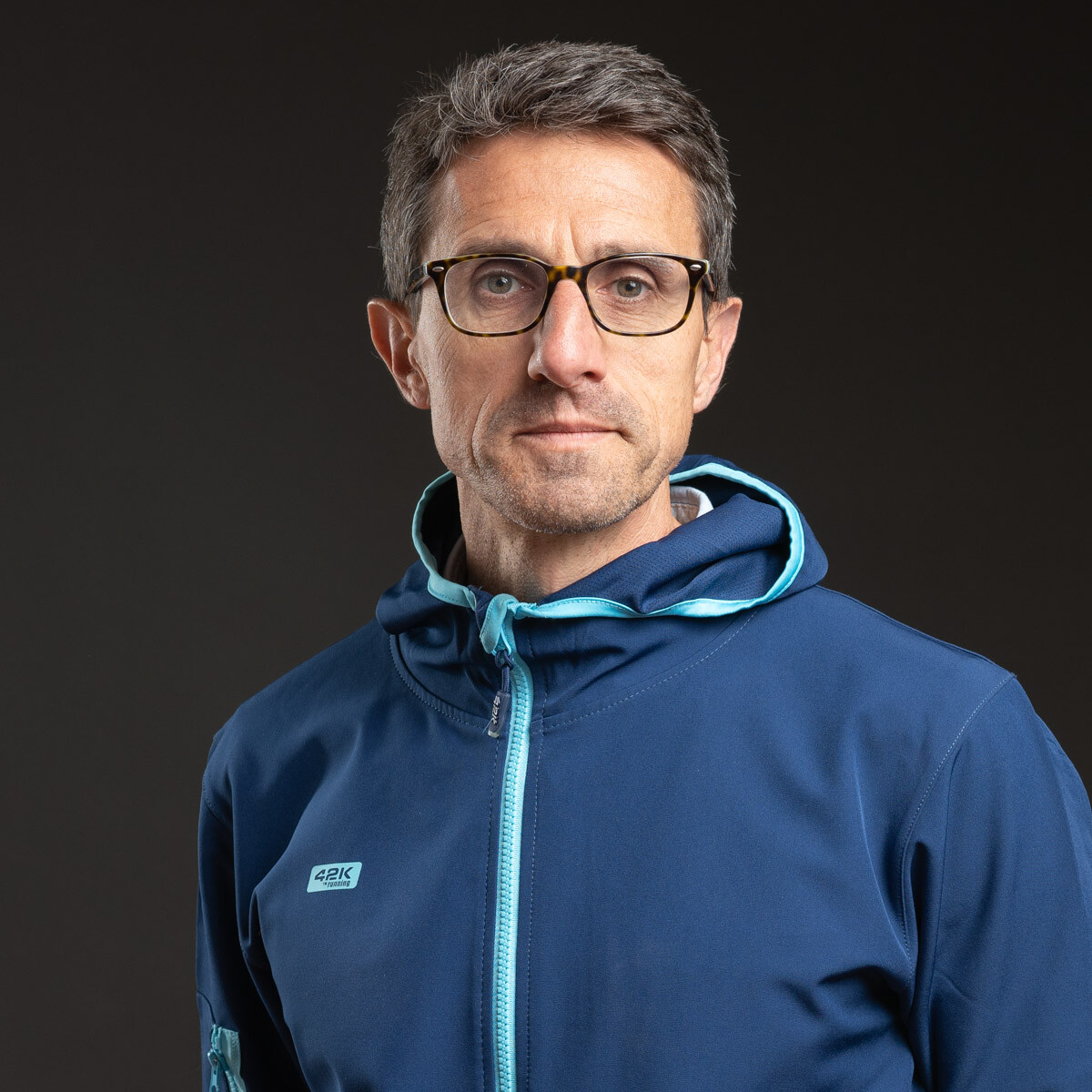

Text to 42K of :
Paco Amoros
Head of Communication for 42K
Graduated in Journalism from the CEU Cardenal Herrera University and master's degree in digital marketing. Head of Communication for 42K.
Other entries by Paco Amorós
42K · All rights reserved



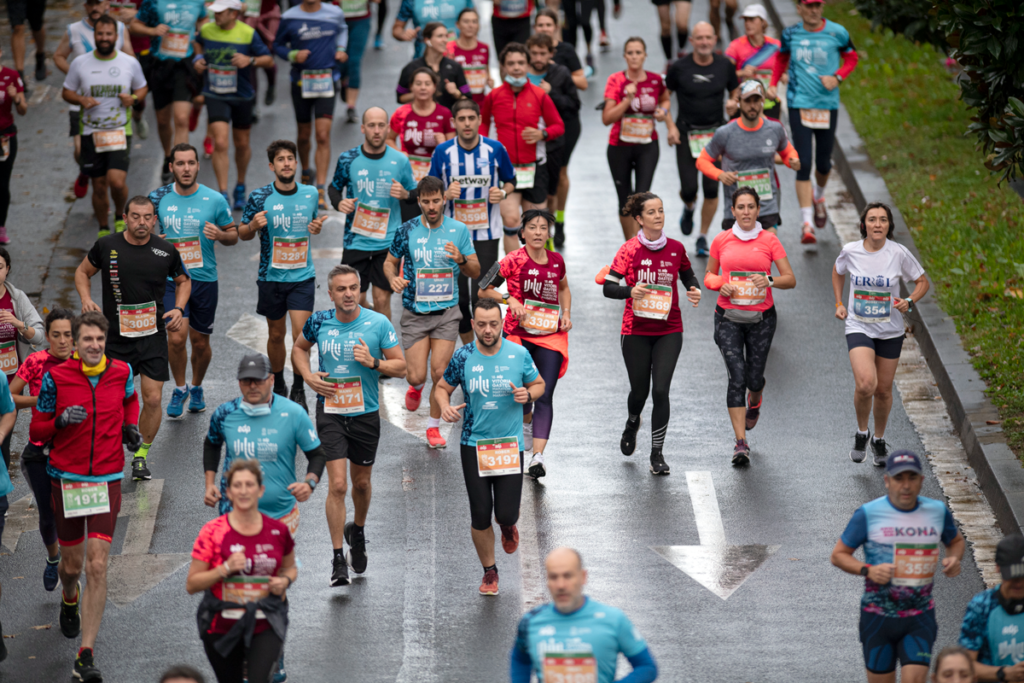

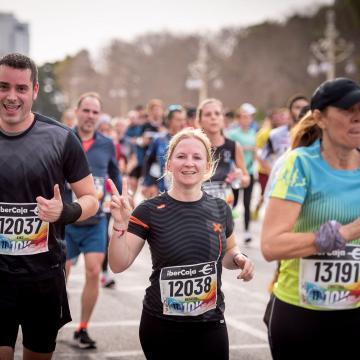

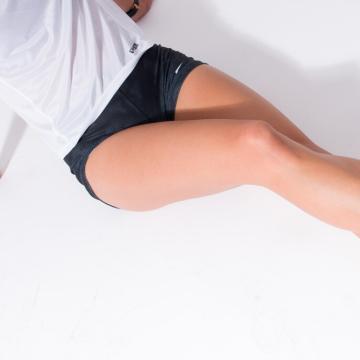
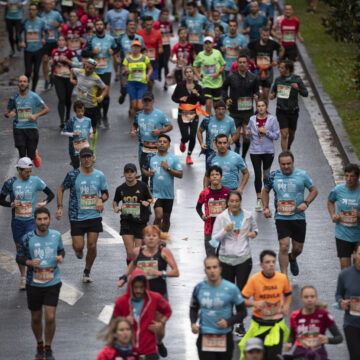
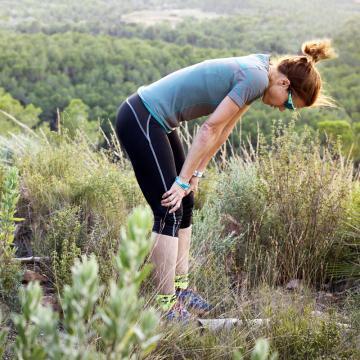



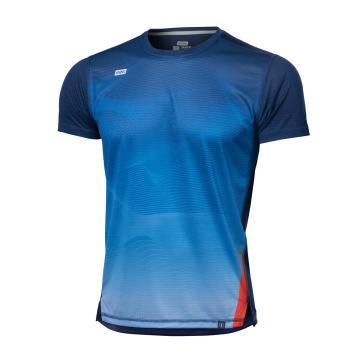
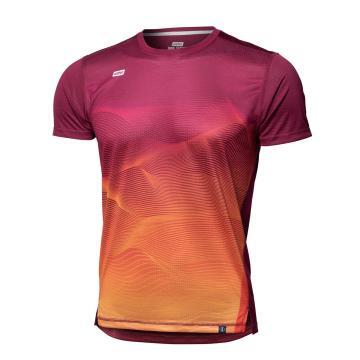
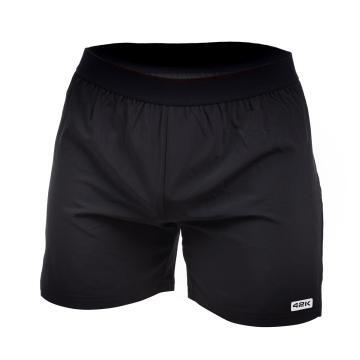
Comments
Post a first comment for this entry!